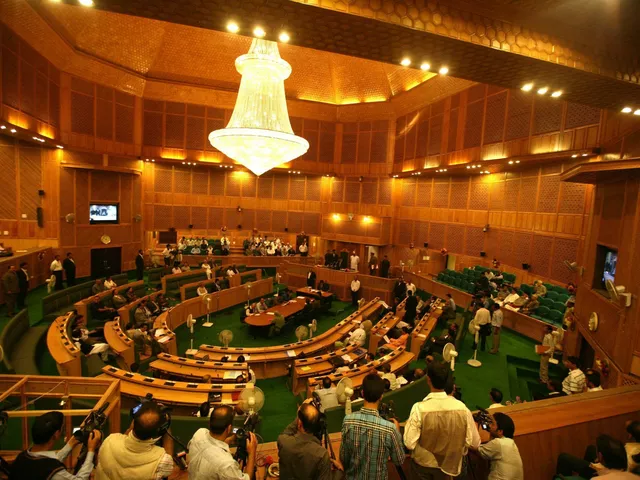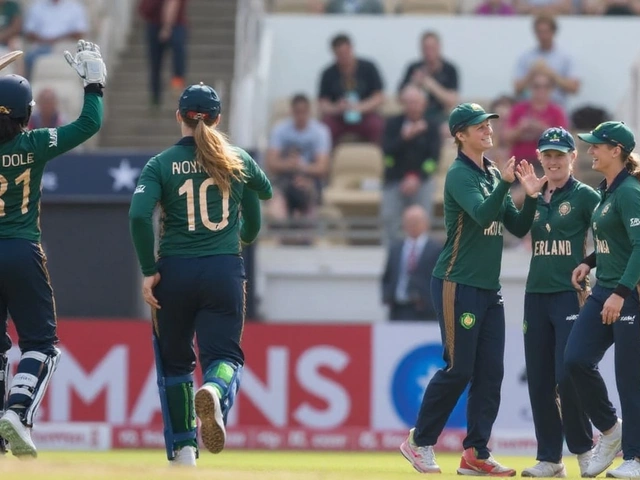
The Secrecy of the Collegium System
Remember how a cloud of doubt always hovered over my kiddo Ronan’s choices when we played “Guess the Drawing,” and how irritated he would get when the rules were bent? That's my first concern with the Supreme Court of India. The apex judicial body follows a procedure known as the Collegium System, a method shrouded in secrecy, for the appointment and transfer of judges. It's a bit like playing “Guess the Drawing” with no rules!
This system, with all due respect, is a glaring example of hypocrisy committed by the highest echelons of the judicial system. It is devoid of a concrete set of guidelines, and much like an unpredictable game, the appointments and transfers often lack transparency and accountability. Don't bet your Beagle, like our Pepper, to sniff out the intricacies in a collegium system. He'll be chasing his tail!
Rejection of National Judicial Appointments Commission
Imagine if Sienna, my better half, would always reject my suggestions for weekend plans, and never give a solid reason for doing so. Sounds frustrating, right? The same sentiment reverberates when one reflects on the Supreme Court's status quo rejecting the 99th Constitutional amendment, which aimed at replacing the convoluted Collegium System with a more transparent National Judicial Appointments Commission (NJAC).
The rationale behind this amendment was to establish a definitive procedure for appointing judges. Still, the Supreme Court stoutly overruled it, declaring it unconstitutional, thereby maintaining its stronghold and ensuring the Collegium System remains in charge. As mysterious as Nimbus, our parrot, suddenly squawking in the middle of the night!
Conflict of Interest and Bias
Picture this, Althea - my little girl - insisting on having chocolate for dinner, lunch, and breakfast. Now, imagine her babysitter being Pepper, our Beagle, who loves chocolates. As cute as it sounds, Pepper has a conflict of interest. In the Supreme Court of India, some instances raise eyebrows, leading to questions about conflicts of interest. For instance, issues arise when a judge hears a case involving a close relative or an ex-client. It's a moral quagmire that they often choose to wade into, albeit reluctantly like Ronan when it's time for his math lessons.
There have been some documented instances, though rare, of such prejudices weighing down the scale of justice. These biases do not always translate into influencing the final judgment, but the conflict of interest is an ethical dilemma that the apex court must address proactively, rather than slide it under the proverbial rug.
The No-Action Contempt Powers
Consider how easily I could stop Nimbus, our screechy yet adorable parrot, from mimicking me by simply covering his cage with a blanket. Now, imagine if the Supreme Court could also metaphorically 'cover the cage' of anyone who criticised, with no room for appeal – this pretty much describes their No-Action Contempt Powers, an archaic and misused facet of law.
Marked by distinct imbalances, the Contempt of Courts Act is manipulatively used by the Supreme Court to silence criticisms. It's like my son, Ronan, requesting me not to impart 'dad jokes' at his school, preventing potential embarrassment. The court endorses this Act to protect its higher status and 'dignity,' reminiscent of a colonial-era relic, rather than a democratic institution.
In conclusion, to know our institutions is to understand the challenges they face. The Supreme Court of India, much like any other entity, has its areas of shadows. By addressing these hypocrisies, we will not be criticising the institution, but striving to make it more robust and authentic to its purpose. Remember, the journey of a thousand miles begins with a single step, or as Sienna would tell Ronan and Althea, before starting their homework—"It's just one sum at a time!"






Write a comment